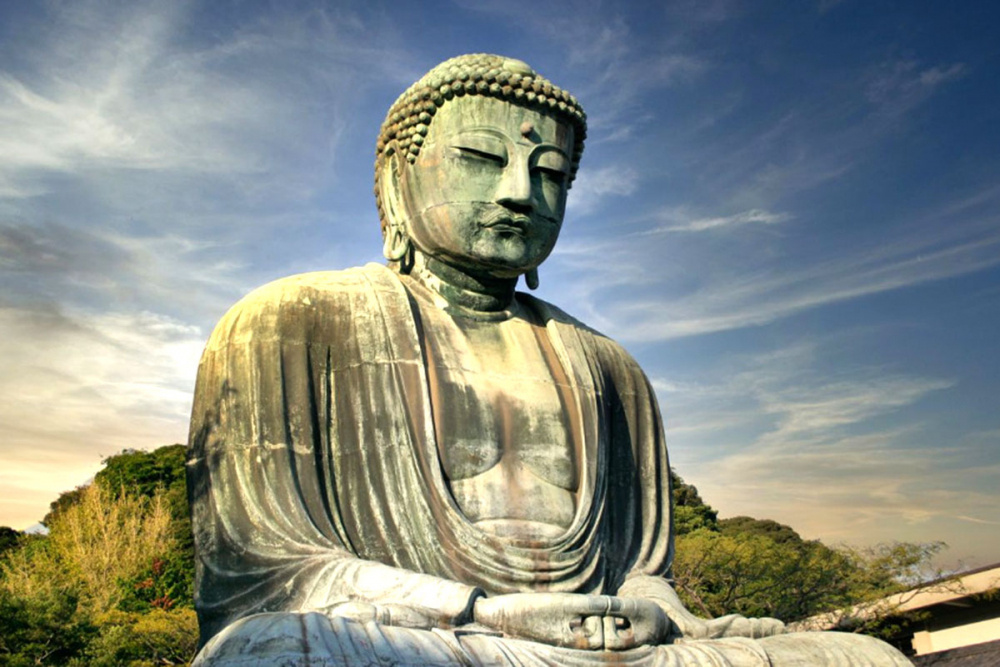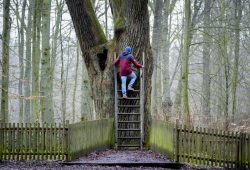
Foreign Property News | Posted by Si Thu Aung
With its eyes closed in eternal prayer, a 1.7-meter-tall statue of a Buddha was unearthed by the Korean Archaeology Institute of the Academy of Social Sciences and the National Authority for the Protection of Cultural Heritage at an archaeological site in Yakjon-ri, South Phyongan Province, North Korea.
It is an early relic of the Goryeo (pronounced “Koryo”) dynasty, which rose in 918 A.D. and lasted until 1392.
Also known as the Golden Age of Buddhism (or the Age of Enlightenment) in Korea, the Goryeo dynasty—which was a Buddhist state—saw the flourishing of religious art and architecture known as Bulsa, or “Buddhist Projects.”
Goryeo Korea was stricken by rainstorms over some periods and droughts during others, and those climate extremes are thought by many archaeologists and historians to have influenced kings to lead deeply religious lifestyles that then spread amongst the people. Rituals were carried out and prayers spoken to the heavens with the hope of a change in the climate.
((Korean aristocracy sponsored most Bulsa, which ranged from temples (which could never be built in random places, so as not to hurt the veins of the Earth) to sculptures, paintings, illuminated manuscripts, ceramics, and lacquerware. Royals and upper-class patrons were concerned about welfare, stability, and peace in their mortal lives and beyond, which is likely why they were wont to approve and fund projects like this statue.))
Carved into weathered stone is the face of the Buddha Amitābha, whose name translates to the Buddha of Boundless Light. Amitābha is a prominent figure in Pure Land Buddhism—a branch of Mahayana Buddhism in which believers pray to be reborn in a Pure Land, or a realm where they can study under a Buddha without earthly distractions. The Pure Land of the Buddha Amitābha is known as Sukhavati.
Often depicted in Buddhist art, it is a paradise where demigods dwell, trees are always flowering, and lotus flowers bloom in pools where purified souls are reborn.
Ref: Archaeologists Found a 1,000-Year-Old Buddha Statue With Stunning Details (popularmechanics)









